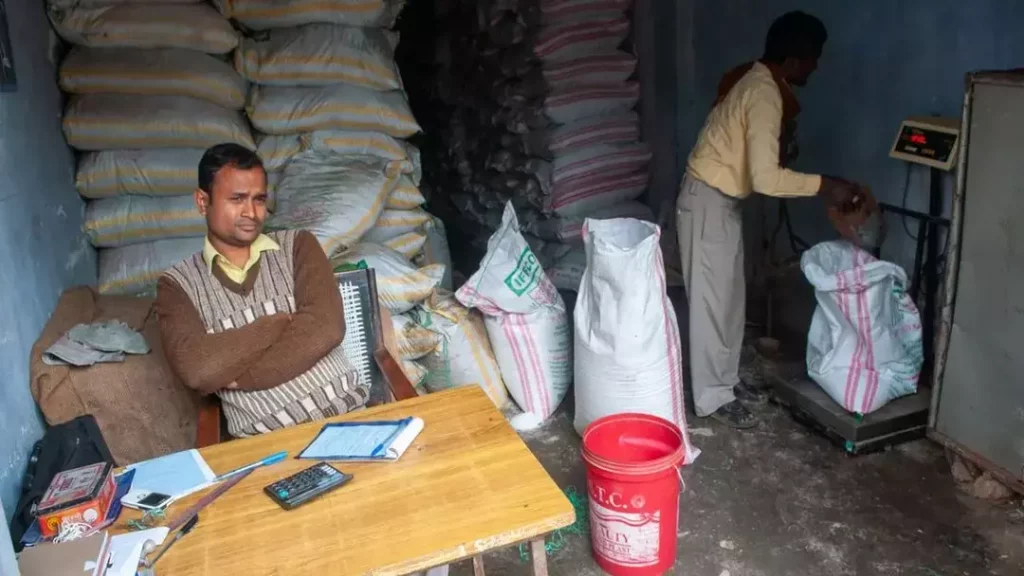
The Urea Crisis in Telangana: The Need and the Challenges
Telangana, a state in the southern region of India, is known for its rich agricultural produce, particularly rice, sugarcane, and cotton. In recent years, the state has taken significant strides in improving its agricultural output, with the help of initiatives such as the Sriram Sagar and Kaleshwaram Lift Irrigation projects. These projects have enabled farmers to cultivate more land, resulting in increased crop yields and a significant rise in the state’s agricultural production.
In Kharif 2025, Telangana farmers are cultivating over 118 lakh acres, about 27 percent more than last year, aided by rainfall and projects like Sriram Sagar and Kaleshwaram Lift Irrigation. This surge in agricultural activity has led to a significant increase in the demand for fertilizers, particularly urea, which is the most widely used fertilizer in the state.
However, securing enough urea has become a major issue, triggering shortages, protests, and fears of crop losses. The crisis has been exacerbated by the state’s increasing dependence on imports, which has made it vulnerable to fluctuations in global prices and supply chain disruptions.
The Need for Urea
Urea is a critical component of the fertilizer mix used by farmers to promote plant growth and development. It is a source of nitrogen, which is essential for the production of proteins, nucleic acids, and chlorophyll. Urea also helps to regulate soil pH levels, promotes soil structure, and supports the growth of beneficial microorganisms.
In Telangana, urea is used extensively in the cultivation of rice, sugarcane, and cotton, which are the state’s major crops. The crop-specific requirements of these crops vary, but urea is a common denominator in most fertilizer mixes.
The Challenges
Despite its importance, Telangana is facing a severe urea crisis, which has been compounded by several factors. Here are some of the key challenges:
- Shortage of Domestic Production: Telangana has a limited capacity to produce urea domestically. The state’s two urea plants, located at Ramagundam and Peddapalli, have a combined capacity of around 1.5 million metric tons per annum. However, the demand for urea in the state is significantly higher, leading to a shortage of around 1-2 million metric tons per annum.
- Dependence on Imports: To bridge the gap between demand and supply, Telangana relies heavily on imports. However, imports are prone to fluctuations in global prices and supply chain disruptions, which can have a significant impact on the state’s agricultural sector.
- Inadequate Storage Facilities: Telangana’s urea storage facilities are inadequate, which has led to a shortage of storage space for imported urea. This has resulted in delays in unloading and distributing urea to farmers, further exacerbating the crisis.
- Lack of Diversification: Telangana’s agricultural sector is heavily dependent on a few crops, such as rice, sugarcane, and cotton. This lack of diversification makes the state vulnerable to crop failures and price fluctuations, which can have a significant impact on the demand for urea.
- Limited Funding: The Telangana government has limited funds to invest in the agricultural sector, which has hindered the development of new urea production facilities and the expansion of existing ones.
Solutions and Recommendations
To address the urea crisis in Telangana, the following solutions and recommendations can be considered:
- Increase Domestic Production: The Telangana government can incentivize private sector investments in urea production by offering subsidies, tax breaks, and other benefits. The government can also consider setting up new urea plants or expanding existing ones to increase domestic production.
- Diversify the Agricultural Sector: The government can encourage farmers to diversify their crops by providing subsidies, training, and other support. This can help reduce the state’s dependence on a few crops and increase the demand for other fertilizers.
- Improve Storage Facilities: The government can invest in building new urea storage facilities or upgrading existing ones to ensure that there is adequate storage space for imported urea.
- Optimize Import Sourcing: The government can optimize its import sourcing by negotiating better prices and ensuring timely delivery of urea to farmers.
- Promote Organic Farming: The government can promote organic farming by providing training and support to farmers. This can help reduce the demand for synthetic fertilizers like urea and promote sustainable agricultural practices.
Conclusion
The urea crisis in Telangana is a complex issue that requires a comprehensive solution. The state government, farmers, and other stakeholders must work together to address the challenges and find solutions. By increasing domestic production, diversifying the agricultural sector, improving storage facilities, optimizing import sourcing, and promoting organic farming, Telangana can ensure a stable and sustainable supply of urea to its farmers.
Source:
https://thesouthfirst.com/telangana/the-urea-crisis-in-telangana-the-need-and-the-challenges/






